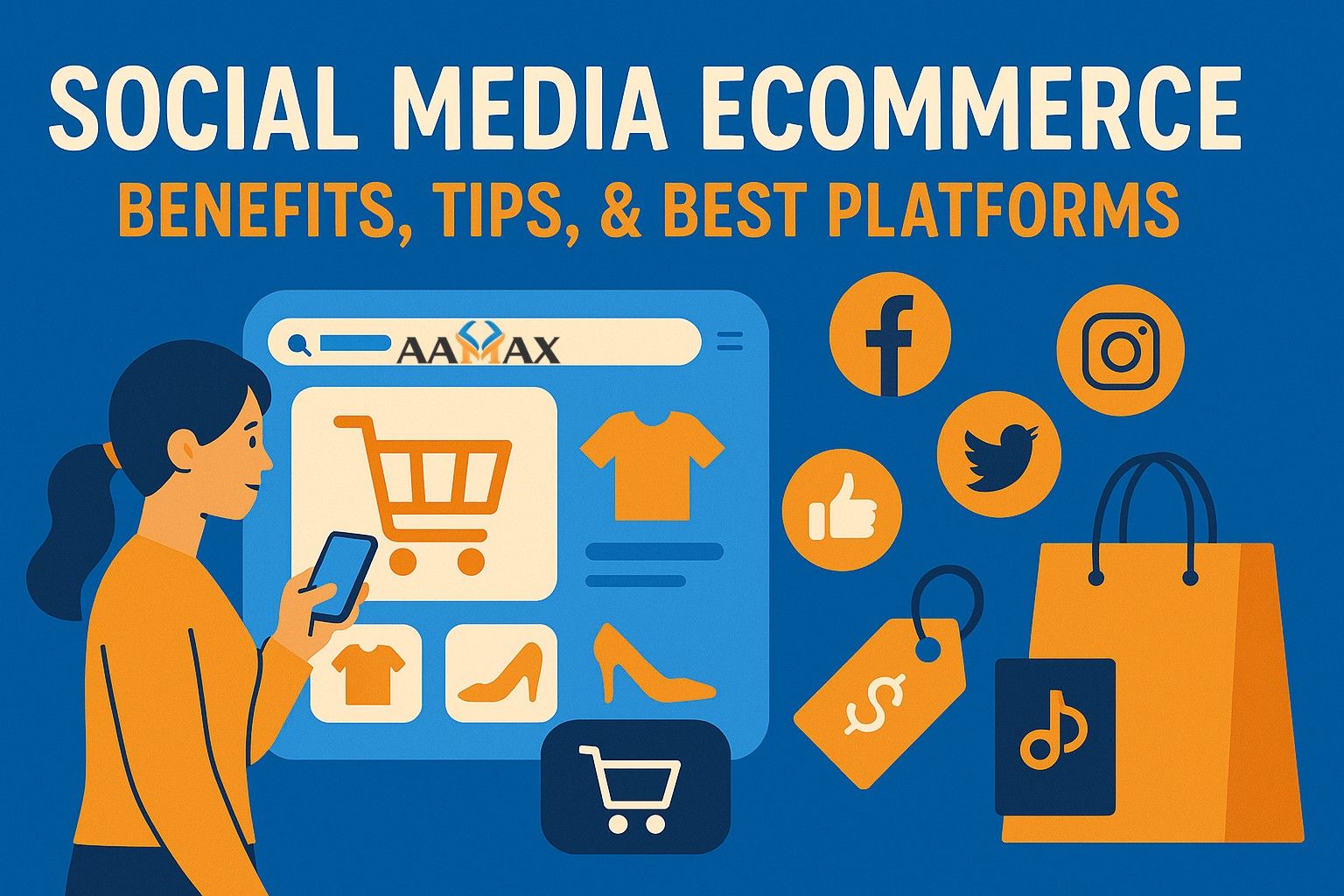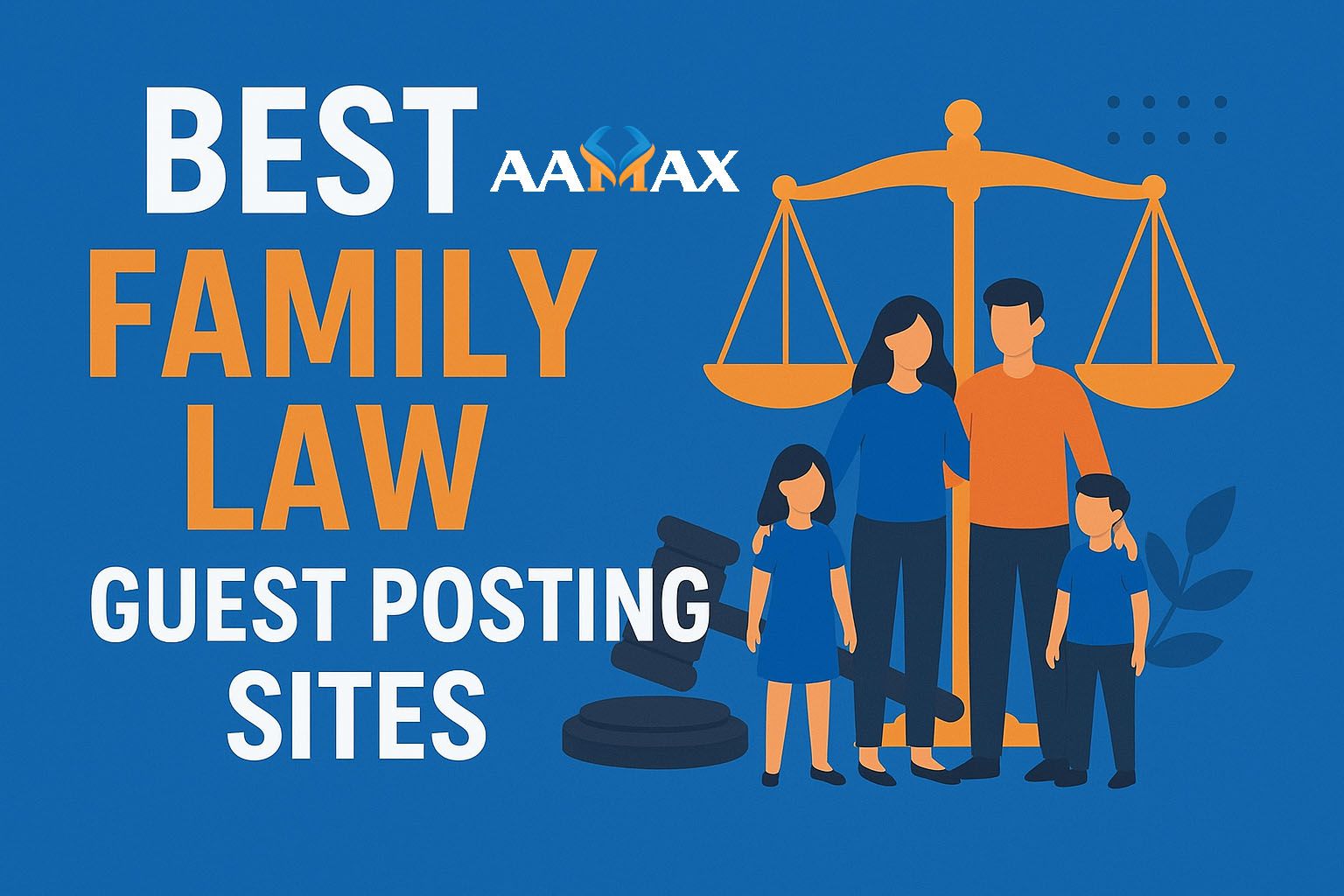
Social Media Ecommerce: Benefits, Tips, & Best Platforms
Social media and ecommerce have merged to become a powerful force in digital marketing. Today, selling products through platforms like Instagram, Facebook, and TikTok isn't just a trend—it's a strategic necessity. If you're running an ecommerce brand or planning to launch one, understanding the synergy between content optimization and social commerce can significantly impact your growth.
This guide walks you through the benefits of social media ecommerce, how to optimize your content for it, tips for increasing conversions, and the best platforms for your strategy.
What is Social Media Ecommerce?
Social media ecommerce refers to the process of selling products directly through social platforms. Instead of redirecting users to external websites, businesses can now showcase, promote, and sell products within the same app users are browsing.
It combines social interaction and direct purchasing, blurring the line between content and commerce. This means you need more than just product listings—you need optimized, high-converting content.
Why Social Media Ecommerce Matters
With billions of users scrolling through social platforms daily, the opportunity for exposure is massive. But visibility isn't enough. You need optimized content and smart strategy to:
- Build brand trust
- Influence purchasing decisions
- Create frictionless buyer journeys
- Increase user engagement
- Drive higher ROI from social campaigns
Social media ecommerce isn't a secondary channel anymore—it’s becoming a primary sales funnel.
Benefits of Social Media Ecommerce
1. Streamlined Shopping Experience
Social media platforms now allow for in-app purchases, removing barriers between interest and conversion. Features like Facebook Shops or Instagram Checkout simplify the process for customers, boosting conversion rates.
2. Audience Targeting
Social platforms collect rich data about their users. This allows you to target ads and posts to specific demographics, behaviors, interests, and purchase intent.
3. Instant Social Proof
Reviews, shares, likes, and comments provide real-time feedback and validation. User-generated content boosts credibility and increases conversions by fostering trust.
4. Cost-Effective Advertising
Running ads on social media can be more affordable than traditional ecommerce campaigns—especially if your content is optimized to drive organic reach alongside paid ads.
5. Visual Storytelling
Social media is inherently visual. You can use photos, videos, Reels, and Stories to demonstrate product use, create desire, and personalize your brand’s voice.
Optimizing Content for Social Media Ecommerce
You can’t succeed in social commerce without effective content optimization. Here are the most important content strategies for ecommerce success on social media:
1. Start with High-Quality Visuals
Product photography and videography are non-negotiable. Your visuals should be clear, high-resolution, and tailored for mobile devices. Showcase your product in use, in different environments, and from various angles.
2. Write Compelling Copy
Social content needs short, punchy, and benefit-driven copy. Focus on what problems your product solves and why it’s unique. Use storytelling, emotional triggers, and strong CTAs (calls to action).
3. Use Hashtags Strategically
Hashtags increase discoverability. Use a mix of:
- Branded hashtags
- Niche-specific hashtags
- Popular but relevant hashtags
Don't overload your posts—5 to 10 well-chosen hashtags are better than 30 random ones.
4. Optimize for Each Platform
Content should be tailored to the platform you're using. What works on TikTok won’t necessarily work on LinkedIn or Pinterest.
- Instagram: Visual-first, ideal for Reels and Stories
- Facebook: Great for product carousels and community engagement
- TikTok: Short-form video, trends, and humor win here
- Pinterest: SEO-optimized visuals for lifestyle and product inspiration
5. Leverage User-Generated Content (UGC)
Encourage your customers to share photos and videos of your products. Reposting their content builds trust and drives engagement. UGC acts as free marketing and authentic proof of your brand’s value.
6. Add Alt Text and Captions
Alt text helps with accessibility and also boosts SEO for visual content. Captions improve watch time on video content—especially since many users scroll without sound.
Tips for Better Conversions on Social Commerce
Optimizing content is just the beginning. Use these tactics to turn social engagement into sales.
1. Create Limited-Time Offers
FOMO (fear of missing out) drives purchases. Time-sensitive promotions or exclusive drops encourage quicker buying decisions.
2. Use Link in Bio Tools
Since many platforms limit link usage, tools like Linktree, Later, or Beacons help you create a centralized, conversion-focused landing page for all your social content.
3. Run Targeted Ad Campaigns
Combine your optimized content with paid promotion. Retarget users who viewed your products or engaged with your posts to move them further down the funnel.
4. Offer In-App Checkout Options
If your platform supports it, enable native checkout features. Removing the need to leave the platform reduces drop-offs and boosts conversions.
5. Track Performance and Iterate
Use insights and analytics to track:
- Engagement rates
- Click-through rates
- Conversion metrics
- Audience demographics
Constant testing and refining is key to long-term success.
Best Platforms for Social Media Ecommerce
Let’s take a closer look at the top platforms for selling products through social media:
1. Instagram
- Best For: Fashion, beauty, lifestyle, home goods
- Features: Shoppable posts, Instagram Checkout, Reels, Stories, influencer collabs
- Why It Works: Highly visual platform with engaged users
2. Facebook
- Best For: Wide range of products, older demographics
- Features: Facebook Shops, groups, Marketplace, Messenger for customer support
- Why It Works: Deep targeting options and trust among established brands
3. TikTok
- Best For: Gen Z, trend-based products, impulse buys
- Features: TikTok Shop, product tagging, creator marketplace
- Why It Works: Viral content and high engagement lead to quick conversions
4. Pinterest
- Best For: DIY, crafts, fashion, home decor
- Features: Product Pins, Pinterest Shopping, SEO-friendly search
- Why It Works: Strong buying intent and evergreen traffic
5. YouTube
- Best For: High-ticket items, tutorials, long-form content
- Features: Product tagging, YouTube Shopping, affiliate integration
- Why It Works: Trust-building via long-form video content
Common Mistakes to Avoid
Even the best ecommerce businesses can miss the mark on social media if they:
- Focus only on selling, not storytelling
- Post the same content across all platforms
- Ignore mobile-first formatting
- Overlook analytics and testing
- Skip engagement (comments, DMs, replies)
Fixing these issues can dramatically improve your social commerce ROI.
Final Thoughts: Build a Social-First Sales Funnel
Social media ecommerce isn’t just about posting products and hoping for clicks. It’s about strategically blending content, commerce, and community. When you optimize your content to meet user intent, platform format, and search engine optimization, you position your brand for both visibility and conversion.
Whether you're a startup brand or an established store, now is the time to fully embrace content-driven social commerce. And if you're ready to scale your efforts with expert guidance, consider hiring AAMAX—a full-service digital marketing agency offering web development, digital marketing, and SEO services to help you grow faster and smarter.







